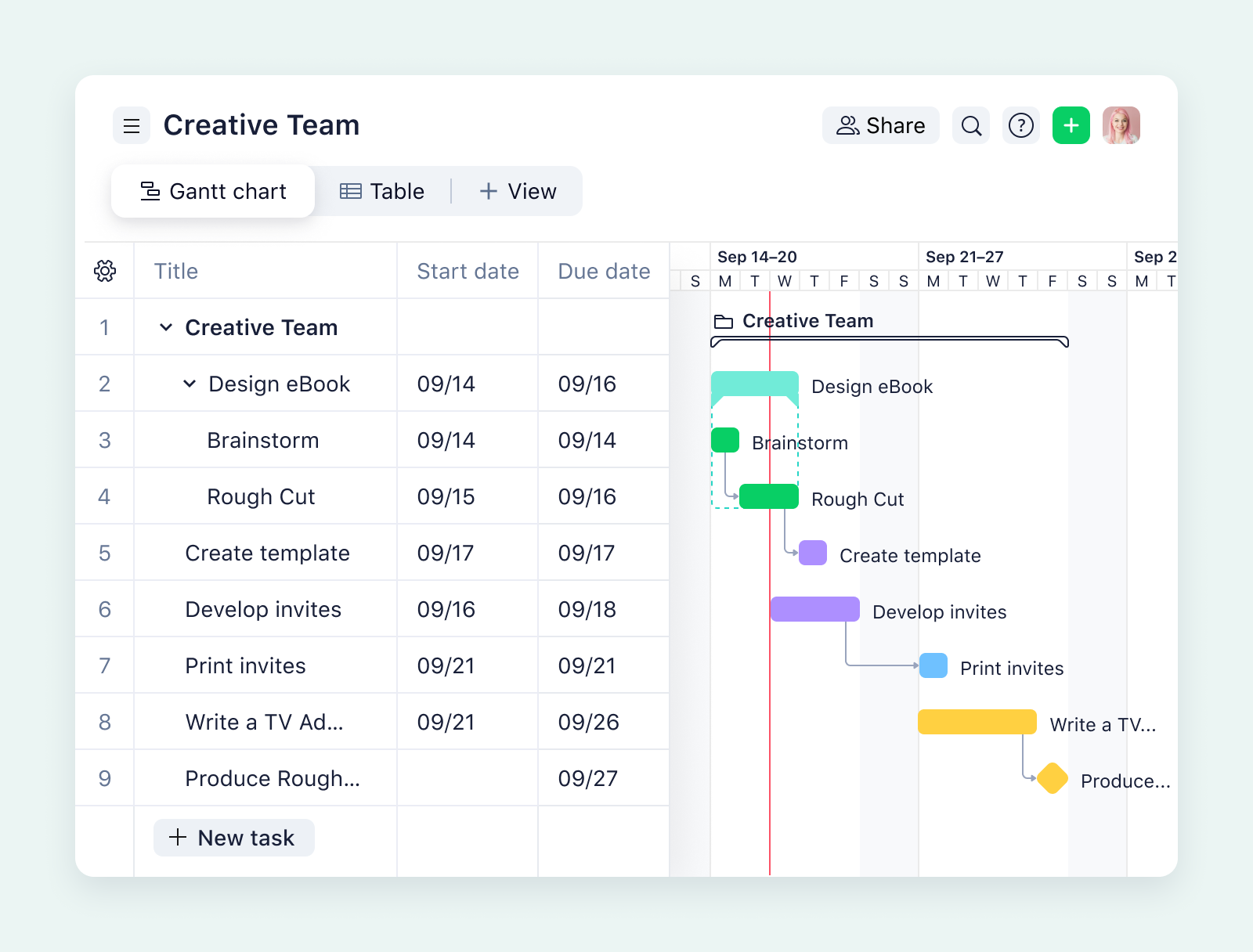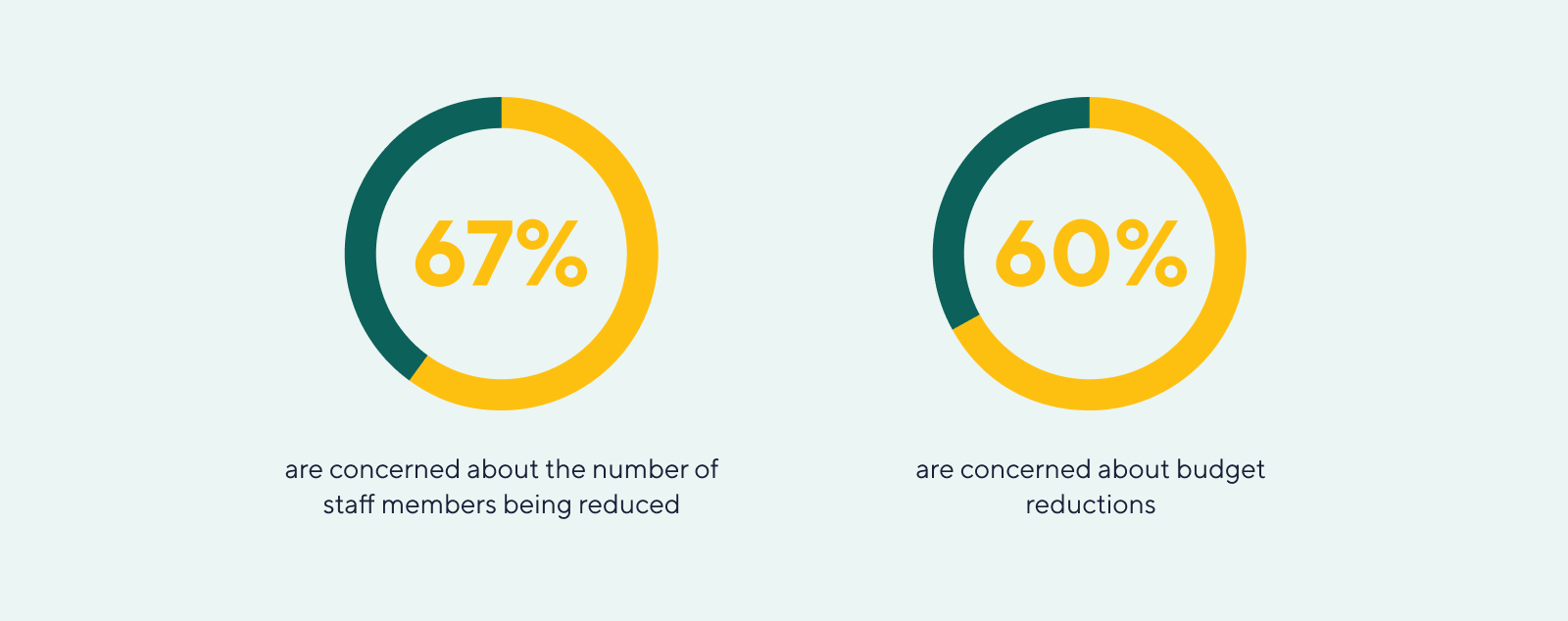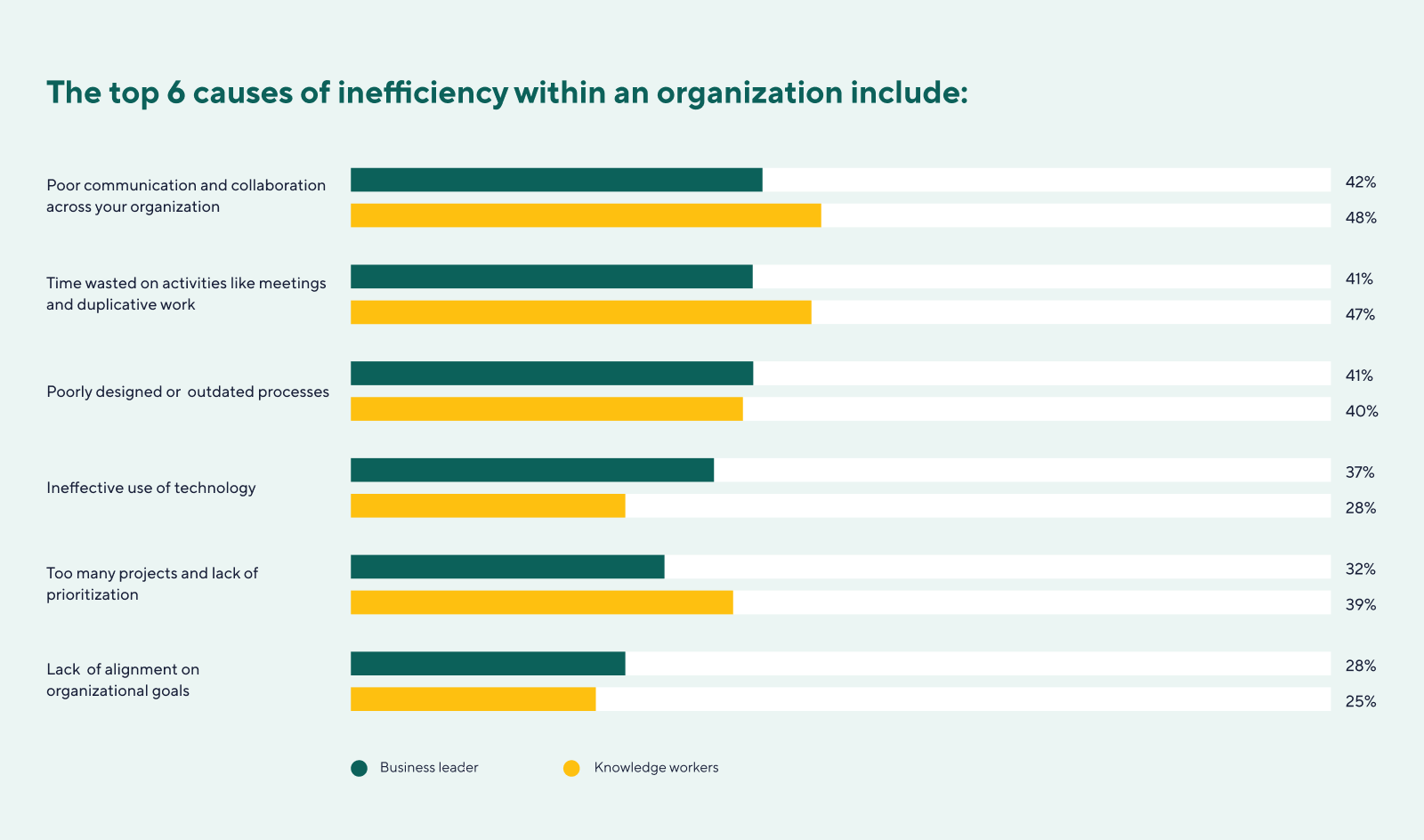Key takeaways:
- What is Herzberg’s two-factor theory? It explains that job satisfaction and dissatisfaction are influenced by hygiene factors (basic needs) and motivators (growth aspects).
- How do hygiene factors affect employees? When hygiene factors like pay and working conditions are met, employees feel content but may not be motivated.
- What are key motivators in the workplace? Motivators include achievement, recognition, advancement, and the opportunity for personal development.
- Why is motivation crucial in project management? Motivated teams lead to higher productivity, job satisfaction, and successful project completion.
- How can managers apply this theory? Utilize surveys to identify employee needs, address dissatisfying factors, and align motivators with project goals.
What is a proven way to keep your project team motivated and happy? One of the most popular approaches is Herzberg’s two-factor theory.
Herzberg’s two-factor theory is a well-known concept in the field of human resource management and organizational behavior. This concept puts forward two factors that motivate employees: job satisfaction and job dissatisfaction.
Listen to this article
While these might seem like opposites, they work together in a cycle. For example, when an employee is unhappy with their job, they may exhibit low performance or consider quitting the company. On the other hand, satisfied employees feel content with their work, perform better, and stick with the company for longer.
Understanding this theory can help managers create a positive work environment and improve employee performance.
In this article, we’ll provide a full overview of Herzberg’s two-factor theory and how it works. We’ll explore the two categories of factors that influence employee satisfaction and motivation, known as hygiene factors and motivators. Additionally, we’ll provide examples of how to apply this theory in the workplace to improve employee engagement and retention. And, if you’re looking for a tool to help you manage your projects, you can read more about Wrike’s project schedule template.
What is the Herzberg two-factor theory?
Herzberg’s two-factor theory is a concept that states the factors that affect an individual’s satisfaction and motivation level. These two factors are:
- Job satisfaction (affective/hygiene)
- Job dissatisfaction (motivational)
When American psychologist Frederick Herzberg developed this theory in 1959, it quickly became the most requested article in the Harvard Business Review. Herzberg believed that these two factors impacted employees’ performance in different ways.
Both hygiene and motivational factors tend to influence people differently. Even if an individual is satisfied with their role, they may not be motivated enough to work towards their goals.
Let’s see how project managers can put this theory to work to ensure higher employee morale and improved productivity.
Example of the two-factor theory
Let’s take a look at an example of how the two-factor theory can be used in the workplace. Say a member of your team comes to you with an issue: another team member is not pulling their weight in a project. They ignore deadlines and proper processes for work, and have a dismissive attitude when pressed about why they’re losing steam. You’re faced with a dilemma about how to get this team member back into a good frame of mind for the project.
According to Herzberg’s two-factor theory, this can be fixed by considering what motivates the team members. Simply put, people will act out when they feel like something is missing (i.e., dissatisfaction) or when they feel good about themselves (i.e., recognition).
If we want this hypothetical team member to stop acting out, then it may be time to look at how well their needs are being met by the company.
Hygiene factors
Hygiene factors are the elements of a job that satisfy basic needs: security, pay, fairness, and working conditions. When these needs are met, employees feel comfortable and satisfied with their roles. Here are some examples of hygiene factors:
- Salary and benefits: How well an employee’s basic needs are met, such as pay and insurance
- Job security: The amount of control the employer has over keeping the position filled
Note: According to Wrike’s 2023 Efficiency Report, budget cuts and staff reductions are a big concern for employees. This shows how important it is to focus on factors like fair pay and job security.
- Work environment: The amount of stress and travel required, as well as the office environment (temperature, cleanliness, basic hygiene)
- Job policies: How an employee’s day-to-day activities are controlled
- Supervisory practices: How well the employees are managed
- Company policies and administration: The way policies are set up in the organization
- Company reputation: The reputation of an organization outside of the company walls, such as with suppliers and business partners
Herzberg motivators
Motivational factors are the key job elements that motivate people to stay and grow in a role. When these needs are not fulfilled, the project team may become dissatisfied with their jobs. They may want more challenging roles that allow them to grow professionally, learn new skills, or manage greater responsibilities.
Here are a few examples of motivators as per Herzberg’s two-factor theory:
- Achievement: The sense of accomplishment at the end of a project or task
- Recognition for accomplishments: Being acknowledged for their work or contributions to the organization that go above and beyond their job duties, whether that’s through a raise, promotion, or important assignment
- Advancement: The opportunity to be promoted within the organization
- Creativity: The ability to think outside the box to solve problems or come up with new ideas
- Variety: A change in work assignments, projects, or duties
- Independence: The ability to make their own decisions
- Interesting work: Stimulating tasks that keep them interested
- Responsibility: The opportunity to take on bigger project roles, more duties, and higher levels of confidentiality
- Accomplishment: The ability to accomplish a given task within the set deadline
- Personal development: The opportunity to upskill by learning new skills, improving existing ones, and attaining certifications
- Interpersonal relationships: The ability to interact with other employees or clients positively and build long-term relationships
- Status: Being seen as a leader in the organization, giving orders, and seeing those orders carried out
Why is Herzberg’s two-factor theory important in project management?
Poorly trained project managers lead to project failure in more than 30% of projects. When the organization is racing to complete projects on time and within budget, having a supportive and fully motivated team can be a huge boon.
It’s important to keep your teams motivated and supported. Wrike’s 2023 Efficiency Report shows that some of the biggest challenges teams face are issues like poor communication, outdated processes, and misaligned goals. 
Motivating employees is a key aspect of project management. Smooth teamwork helps achieve three vital goals:
- Completing projects on time
- Keeping team members satisfied with their roles and motivated to perform better
- Sustaining a healthy work environment
Herzberg’s two-factor theory provides an insight into key elements that encourage employees. It can be used to understand the motivations of individual employees that can in turn be used to craft a holistic employee motivation plan.
By boosting the motivation levels of smaller teams, an encouraging and positive work environment can be created, thus improving the likelihood of project success.
Here are the key benefits of using Herzberg’s two-factor theory in project management:
- Defines the reasons why team members are satisfied or dissatisfied with their project or role
- Uncovers the motivators and hygiene factors already deployed in the company that should be continued
- Helps determine the motivators and hygiene factors that employees want from the company
- Supports employee empowerment by motivating employees to achieve project goals themselves
- Minimizes project disruptions by identifying potential project and company risk factors that need to be improved immediately
Advantages of Herzberg’s two-factor theory in project management
Implementing Herzberg’s two-factor theory can drive project success. Research from Gallup shows that companies with highly engaged teams have 21% higher profitability. This confirms that employee motivation is not just a buzzword but a solid concept that drives real business results.
Let’s review the potential benefits that can be achieved by making team motivation central to an organization’s project management strategy:
- Provides deep insights: Herzberg’s theory gives a deeper look into employees’ mindsets towards their jobs. It looks inward to identify the internal factors that drive employees.
- Identifies diverse factors: The two-factor theory reaffirms that lack of job satisfaction is not due to poor work performance but rather other factors, such as company policies and procedures.
Highlights the manager’s role: The theory recommends that managers support, encourage, and motivate their team members as they go through the project life cycle. - Encourages unity and diversity: The concept encourages managers to be aware of workers who may have a more difficult time achieving job satisfaction. This ensures their concerns are heard and changes are made if necessary.
- Nurtures accountability-driven metrics: It provides a framework for how to measure success in company projects, as well as employee job satisfaction and dissatisfaction scores.
Disadvantages of Herzberg’s two-factor theory in project management
Herzberg’s two-factor theory is not without its downsides. Keep an eye out for these disadvantages of the two-factor theory:
- Team disagreements: Disagreements between managers and teams can occur as it’s hard to measure success in terms of these motivating factors alone. For example, a team member could be content with their performance, while the manager may feel that there’s room for improvement.
- Disconnect between performance and motivators: In some instances, a project team member may experience job dissatisfaction even when performing well. If that happens, the manager shouldn’t let these concerns go unheard and act on them.
- Satisfaction and productivity are not the same: The two-factor theory suggests that if workers are satisfied, they will be more productive. However, it does not consider that productivity is the result of several factors outside of an employee’s personal motivation.
- People are different: People have different desires, wants, and needs. Many employees prefer to focus on completing tasks rather than pursuing personal development. The two-factor theory also fails to consider department-specific issues that may result in job dissatisfaction and is applicable only to company projects.
The 4 types of organizations in Herzberg’s two-factor theory
When applying Herzberg’s theory of motivation to organizations, you’ll notice that they often fall into one of four categories. These categories are based on how well they address motivation factors (like achievement and recognition) and hygiene factors (like fair pay and working conditions).
Let’s break it down:
Organizations with strong motivation and hygiene
These are the ideal workplaces. They’ve nailed motivation and hygiene factors, creating an environment where employees feel valued and inspired to do their best.
What sets these organizations apart?
- Hygiene factors like pay, benefits, and policies are consistently managed.
- Teams are productive and engaged.
- Leadership actively supports both personal growth and wellbeing.
- Retention rates are high, and people genuinely enjoy coming to work.
Organizations with good hygiene but poor motivation
These workplaces cover the basics but fall short of motivation factors. Employees might enjoy fair pay, a safe environment, and solid policies but don’t feel inspired or recognized for their work. In other words, the company takes care of “needs,” like preventing poor working conditions, but doesn’t do much to ignite passion or creativity.
Organizations with good motivation but poor hygiene
These companies focus on achievement recognition and opportunities for growth but neglect basic needs like fair pay or manageable workloads.
Why must you check this imbalance?
- Poor hygiene factors lead to dissatisfaction, even in inspiring roles.
- Employees may initially love the mission but burn out quickly.
- Pay gaps or unfair policies overshadow efforts to motivate.
- High turnover becomes common as frustrations build.
Organizations with poor motivation and hygiene
At the other end of the spectrum are workplaces that struggle with both hygiene and motivation. These companies fail to meet even the basic set of factors for employee satisfaction. The pay might be low, workloads unrealistic, and opportunities for growth are nonexistent.
How is Herzberg’s two-factor theory related to Maslow’s hierarchy of needs?
Let’s start with where the two theories overlap. Both recognize that human motivation is layered and influenced by different factors.
- Basic needs are essential: In Maslow’s model, these are physiological needs, like food and safety. In Herzberg’s motivation theory, these are hygiene factors like pay and job security.
- Growth is a motivator: Maslow’s self-actualization aligns with Herzberg’s motivators, such as personal growth and recognition.
- Motivation isn’t a one-size-fits-all approach: Both theories suggest that what drives one person may not work for another.
Despite these similarities, Herzberg and Maslow look at motivation through distinct lenses. Maslow’s theory says need is a hierarchy. This means you can’t move to higher needs (like esteem or self-actualization) until lower needs (like safety and belonging) are met.
On the other hand, Herzberg’s motivation-hygiene theory separates satisfaction and dissatisfaction. It explains that improving hygiene factors prevents dissatisfaction, but only motivators create true satisfaction.
How to use Herzberg’s theory in project management
How can the two-factor theory be applied to managing project teams? Even as external factors such as pay and benefits motivate employees, other drivers such as prestige and reputation are key. Here’s a step-by-step guide to using Herzberg’s two-factor theory in project management:
Identify the motivators
Identify the factors that make your employees either happy or dissatisfied with their work. Use a questionnaire to get to know their needs and wants. Find out if any particular motivators or hygiene factors could be improved upon within your company. If so, determine what can be done to improve these factors.
Conduct simple polls, online employee surveys, or individual discussions to find out what teams want. Here are a few questions that can help:
- What do you enjoy doing most?
- What don’t you enjoy doing?
- What do you like most about your job?
- What would you change about your job?
Review and let go
After reviewing the satisfaction factors, find ways to eliminate dissatisfying factors in their work. For example, if people want more feedback from managers, establish a more frequent review cycle that includes regular project progress updates from the manager.
Measure it all
A quantitative method of measuring team satisfaction can also be used, such as:
- Percent satisfied rating (dissatisfied vs. satisfied)
- Net promoter index (total promoters minus total detractors)
- Customer satisfaction ratings (internal and external customers)
Keep it aligned
Communicate project progress and showcase team contributions to it. If some team members think that their ideas and contributions are not being recognized, meet them and let them know that their opinions are valued.
Get clarity
Certain factors can be measured with reference to Herzberg’s two-factor theory of motivation. For example, money is a hygiene factor for employees — it keeps them satisfied with their jobs but it doesn’t always inspire them to be creative or improve themselves.
By using the two-factor theory, project managers can better understand which factors might motivate their employees. Try to consider what the majority of the team wants and make it available.
Align motivators with project goals
Once you understand the factors that motivate your employees, it is important to find ways of aligning these motivators with the project’s goals.
For example, if people are happy with their work, they will remain productive and satisfied. However, if there is no connection between an individual’s goals and contributions to the project, they may become demotivated and end up adversely affecting team productivity.
How to facilitate workplace satisfaction using Wrike
Herzberg’s two-factor theory is an effective way to keep project teams motivated and engaged as they work together on project goals. Keep them on the same page by using a cloud-based project management tool such as Wrike.
Wrike has helped my team handle more work with less stress. We can stay organized and efficient while working in a way that suits our industry and structure.
Selah Stivers, Senior Director of North America Marketing at TerraCycle
Wrike offers a project schedule template that can be used by teams to manage tasks and deadlines, create a clear roadmap for their projects, and collaborate effectively. If you’re looking for an all-in-one platform to help you manage your projects and improve workplace satisfaction, be sure to check out Wrike.







